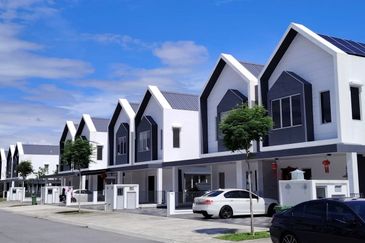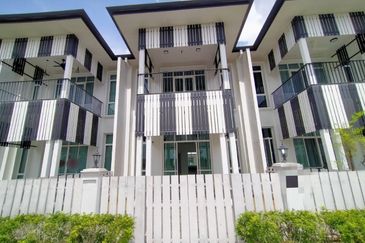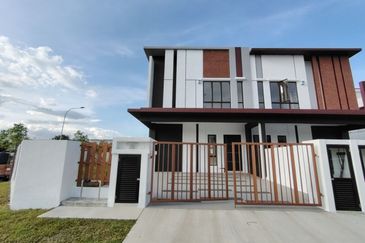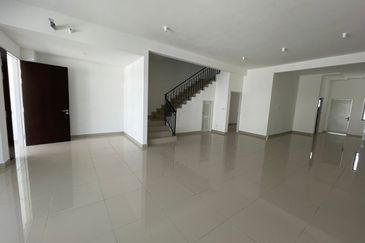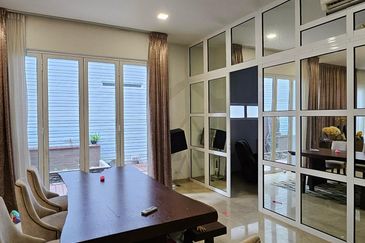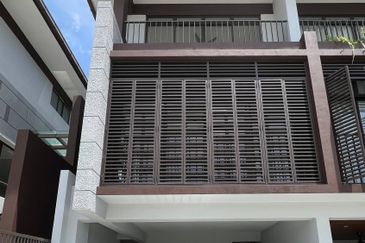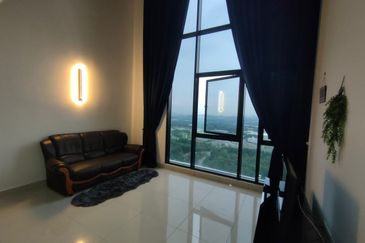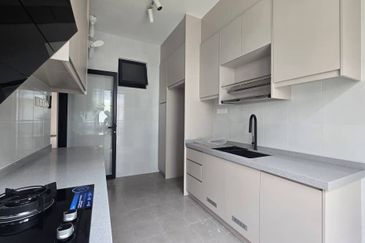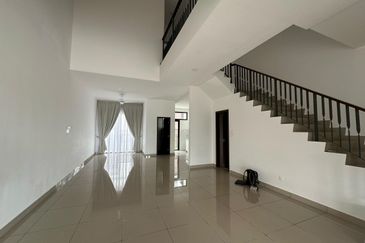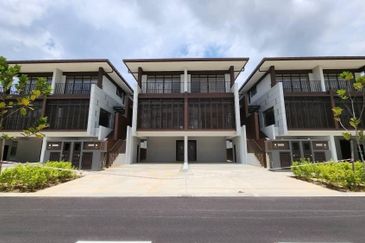KUALA LUMPUR (Oct 22): The protracted slump of the ringgit against the US dollar, which has plagued importers and harmed consumer sentiment with the threat of imported inflation, has also cast its shadow over the cement industry.
Cement and Concrete Association of Malaysia (C&CA) chairman Datuk Yeoh Soo Keng said some items crucial to the cement industry, such as coal, which is used as an energy source, and the mineral gypsum, which controls the hardening of cement, are purchased in US dollars.
“Coal and gypsum, which are important components of our industry, are imported in US dollars. With the current weak ringgit levels of about 4.29 against the greenback, this has an impact on the industry,” she told reporters after the launch of C&CA’s 50th Anniversary Coffee Table Book yesterday.
The ringgit ended trading yesterday at 4.2865 against the greenback, 0.45% or 1.9 sen weaker from Tuesday’s close.
Yeoh is chief executive officer (CEO) at YTL Cement Bhd, a member of C&CA.
The association’s other members include Lafarge Malaysia Bhd, Cement Industries of Malaysia Bhd, Tasek Corp Bhd, Hume Cement Sdn Bhd, CMS Cement Sdn Bhd, Holcim (M) Sdn Bhd, Cement Industries (Sabah) Sdn Bhd and Aalborg Portland Malaysia Sdn Bhd.
 Lafarge’s former president and CEO Bradley Mulroney (pictured) said the weak ringgit had also impacted imports of cement clinkers, used as binders in many cement products.
Lafarge’s former president and CEO Bradley Mulroney (pictured) said the weak ringgit had also impacted imports of cement clinkers, used as binders in many cement products.
“The import of clinkers has gone up by about 20% due to the impact of the weak ringgit,” he said.
Hume Industries Bhd managing director Quah Thain Khan said cement players are working to mitigate the impact of the weak ringgit by managing the usage of raw materials, such as coal, more efficiently. “We also negotiate for cheaper sources of coal,” he said, adding that the industry is also challenged by the increasing cost of foreign labour.
“I think the industry needs to place more emphasis on automation and be less labour-intensive by investing in precast concrete systems and industrialised building systems,” he said.
International Trade and Industry Minister Datuk Seri Mustapa Mohamed, who launched C&CA’s Coffee Table Book, said the construction industry will see reasonable growth in 2016, fuelled by infrastructure projects under the 11th Malaysia Plan, such as Mass Rapid Transit Line 2, Light Rail Transit Line 3 and the Sungai Besi-Ulu Kelang Elevated Expressway.
“It will not be double-digit growth, but it will be reasonable growth. As for the slowdown in the property sector, the softening is more in the high-end housing segment; the affordable housing segment continues to be reasonably strong,” said Mustapa.
He said Malaysia’s cement and concrete industry is an important economic pillar, contributing about 4% of the country’s gross domestic product.
“The industry has also contributed to Malaysia’s export earnings, with exports to countries such as Australia, Sri Lanka, Indonesia and India, [but] at the same time, Malaysia is still a net importer [when it comes to] cement clinkers,” said Mustapa.
From January to August, Malaysia imported RM348.6 million of such clinkers, compared with RM333.9 million in the same period last year.
“It is hoped that more integrated cement plants will be set up in Malaysia to produce our own clinkers and reduce imports,” said Mustapa.
This article first appeared in The Edge Financial Daily, on Oct 22, 2015. Subscribe to The Edge Financial Daily here.
TOP PICKS BY EDGEPROP

Oug 2 Storey Semi D For Sale
Taman OUG, Kuala Lumpur
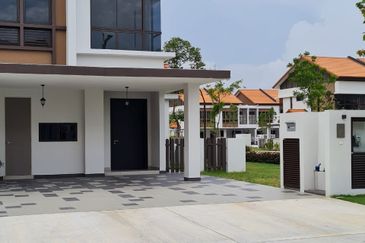
Setia Warisan Tropika (Belladonna)
Sepang, Selangor
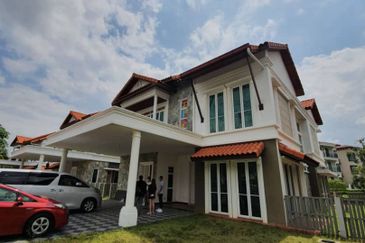
Eastern Heritage, Setia Eco Glades
Cyberjaya, Selangor

Isle of Kamares, Setia Eco Glades
Cyberjaya, Selangor


